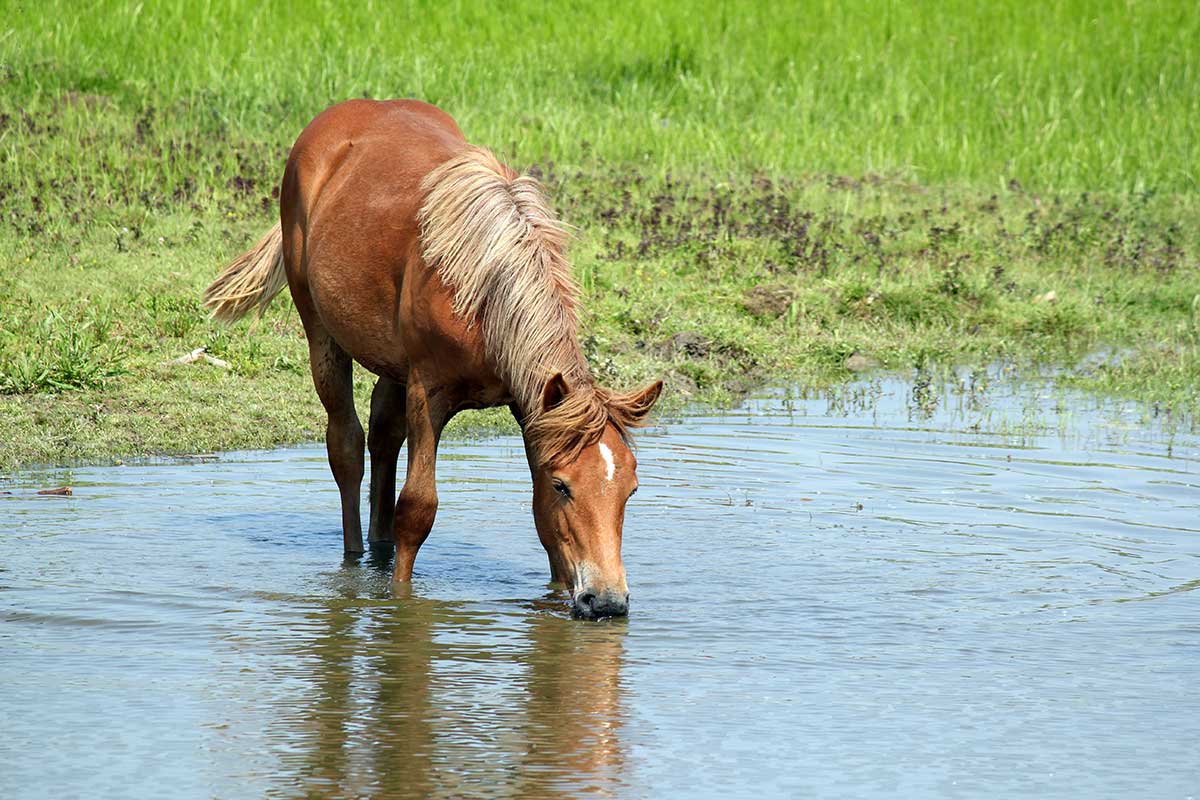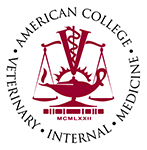HELPFUL ARTICLES
GASTRIC ULCERS
Dr. Brady Hellman, DVM

Could your horse have gastric ulcers? Gastric ulcers are common in horses today. Horses were designed to eat small amounts frequently throughout the day and night. Because of this, they are programmed to excrete stomach acids steadily, regardless of when they are actually eating. Very few domesticated horses have access to feed 24 hours a day year round. When the stomach is empty, the gastric acids can eat away at the lining of the stomach- resulting in ulcers. Horses that are shown or raced are at increased risk for gastric ulcers as studies have shown exercise and stress to increase acid production. Some signs that may indicate your horse has gastric ulcers include: change in attitude, recurrent low-grade colic, resistance to the girth being tightened, teeth grinding, and weight loss.
The only way to definitively diagnose stomach ulcers in horses is by gastroscopy. This involves passing an endoscope down the esophagus and into the horse’s stomach. The stomach lining can then be visually examined for ulcers. This procedure not only answers whether or not the horse has ulcers, but also allows the veterinarian to grade the ulcers so that an appropriate length of treatment can be determined. In some cases, when gastroscopy is not an option, the diagnosis of gastric ulcers is based on the horse’s response to treatment. There are a few different oral medications available to treat gastric ulcers in horses. The medication used and duration of treatment is determined by the severity of the condition as well as the budget. Often, an improvement in the clinical signs is noted within the first week of treatment. If you suspect your horse may have ulcers, speak to your veterinarian about how to best diagnose and treat your horse.




